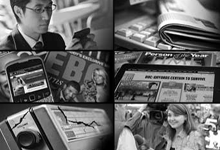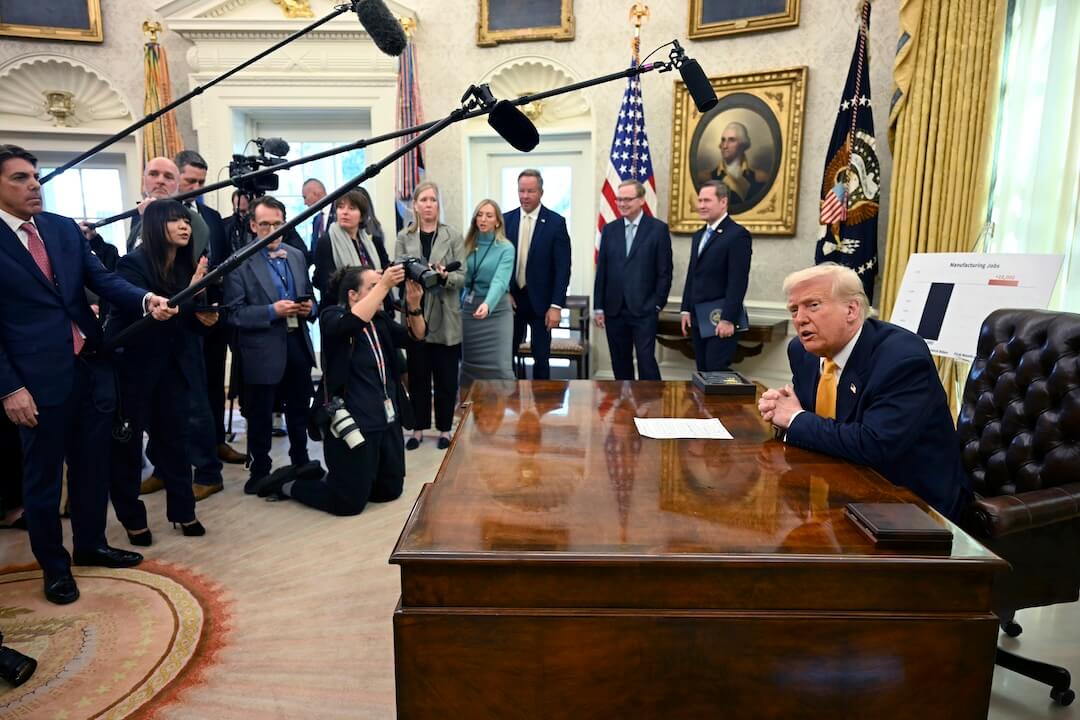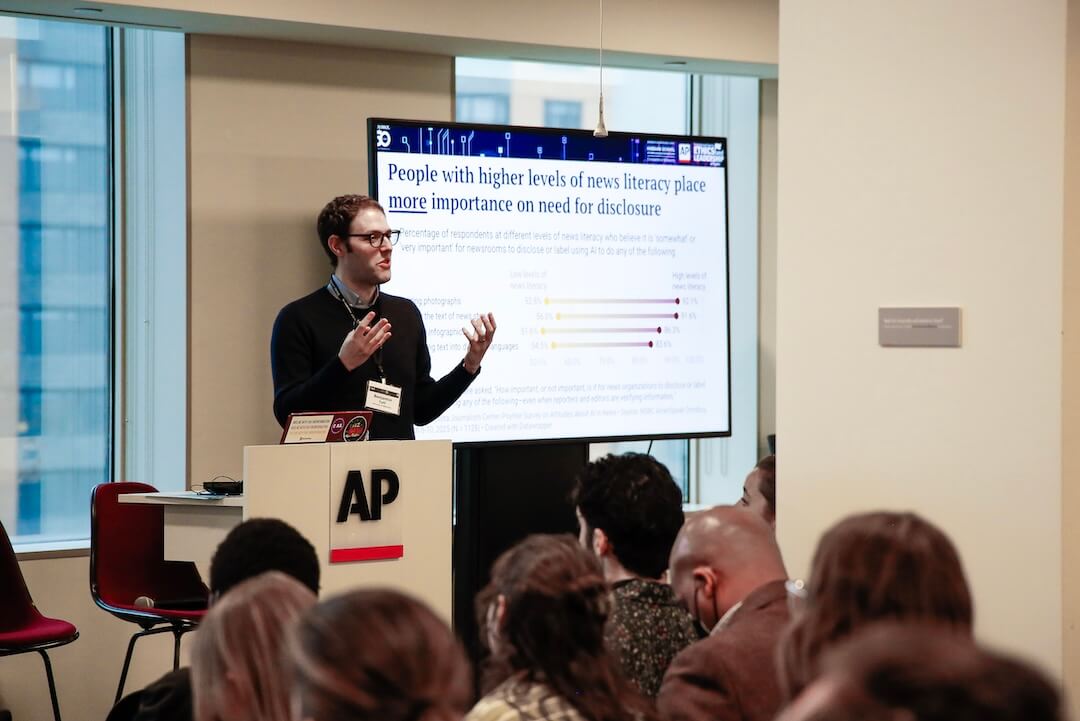A year ago, co-authoring the “State of the News Media” chapter on newspapers, I thought 2010 would be a year of rebound — and a test of whether newspapers would reinvest in “developing new lines of business and rebuilding skimpy news reports.”
Little of that happened. Advertising revenues declined for the year, 6.4 percent by my estimate. Profits on net earnings hovered around 5 percent. Newsroom cuts continued, though not so severe as those of 2008 and 2009.
And there was no great leap forward in revenue generated by digital initiatives. Experiments with paid online content, expected in 2010, mostly got pushed forward to this year. Mobile and tablets remain exciting opportunities in concept but not a big help to the top or bottom line anytime soon.
Hence my conclusion in this year’s newspaper chapter of the “State of the News Media,” the eighth of these reports to which I have contributed:
“The destination newspaper organizations are trying to reach is pretty clear now — more robust digital enterprises to pick up the slack as print advertising and circulation falls. The path from here to there, unfortunately, once again is not clear at all.”
The industry still hopes to find a four-lane highway or yellow brick road leading to a financially stable future. Instead, the quest continues to be more like chopping through a dense jungle with a machete.
The full “State of the News Media” report, released Monday morning, picks up several of those themes and has even more of a good news/bad news rhythm than its predecessors:
- As the recession eased, all media formats except newspapers booked increases in ad revenues in 2010. With autos recovering and a political advertising bonanza, local TV stations, in fact, were up 17 percent. Alas, that will not be repeatable in 2011. CNBC, with a small audience but well-targeted to active investors, grew revenues 7 percent to $723 million. That is twice what MSNBC generated and nearly equal to the revenues of NBC’s news division. While newspapers did not increase ad revenues overall, by my projections the industry increased the share of total ad revenues from digital from about 10 percent in 2009 to 11.3 percent last year. (And some of that improvement results from print advertising’s continued decline).
- News on audience was less cheering. Every media sector except online recorded audience losses in 2010. All three cable news networks were down, especially in the evening when audience fell 16 percent compared to 2009.
- The results of the American Society of News Editors annual newsroom census are still a month away. But we are predicting additional declines in the range of 1,000 to 1,500 full-time newspaper professional jobs during 2010. We also note that online news hires for ventures like AOL’s Patch and Bloomberg may roughly equal the newspaper industry’s losses.
- In expanding areas for journalism, this year’s “State of the Media” package includes two special reports on the developing community news segment — an essay by Michele McLellan on maturing economic models and another by Mike Fancher on the robust community news network taking shape in Seattle.
- Mobile has become a force, with 47 percent of adult Americans reporting in a new Pew survey that they get some form of local news on a portable device. But only the manufacturers and carriers are profiting, to date. (My Poynter colleague Damon Kiesow explains the three things mobile users want and how you can provide them.)
- Mobile advertising, while growing fast, still amounts to only 3 percent of the total for digital, let alone buffering long-term ad losses on legacy platforms. Tablet and e-reader ownership are at 7 percent and 6 percent respectively, though likely to show big increases this year.
- But only one in 10 who have downloaded a mobile news app pay for it. The new Pew survey, like many others, finds only a minority of users who say they would be willing to pay for news in the format.
Tom Rosenstiel, president of the Project for Excellence in Journalism — the Pew-funded unit that produces the report — identifies loss of control to device-makers and aggregators as the media trend of the year. It’s not just having to split revenues that hurts traditional news outlets, but ceding control of the customer and related data, a critical strategic asset in the digital era.
Meanwhile, upstart Groupon dominates the deal-of-the-day category, a tough drain on local merchant advertising, with more than 50 million customers worldwide. When newspapers partner with Groupon or one of its rivals, they get just a third of the proceeds of the deal.
The slow-to-develop mobile and tablet revenue streams are part of what is making slow work of the industry’s path to a broader mix of revenues.
In that regard, I found a secondary question in the mobile news survey especially disturbing. The survey results are drawn from a sampling of more than 2,000 adults in January of this year, so the results are both current and credible.
When asked what would happen “if my local newspaper no longer existed,” only 28 percent said “that would have a major impact on my ability to keep up with local news and information.” Another 30 percent said it would have a minor impact and 39 percent said it would have no impact. Mobile news users were even more dismissive of newspaper content.
Rosenstiel has made the point in previous reports and presentations that even people who rarely or never read a newspaper get a healthy share of their news from that source — since newspapers still generate the lion’s share of local reporting that others aggregate or comment upon.
But the 2011 news consumer doesn’t see it that way. So if print revenue continues to fall away faster than newspapers can generate new revenue streams, there will likely be further losses in local coverage, undetected and generally unmourned.
Bring any “State of the News Media” questions to a chat with me and Damon Kiesow at 2 p.m. ET on Monday. You can also join PEJ director Tom Rosenstiel for a webinar on the “State of the News Media” Monday, March 21 at 2 p.m. ET








Comments